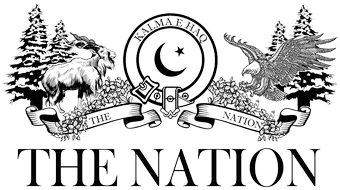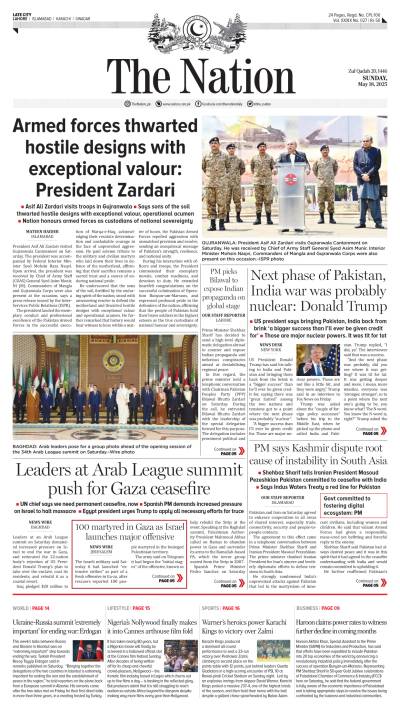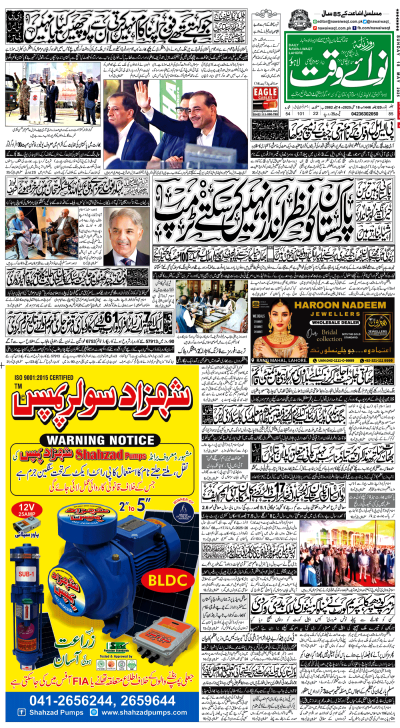When President Donald Trump descended the staircase of Air Force One in Riyadh in May 2025, the choreography of the moment was not merely symbolic—it was strategic. In the desert capital, far from the Washington beltway’s distractions, Trump underscored a geopolitical realignment not built on the usual scaffolding of oil, arms, and alliances, but on silicon, code, and data. This wasn’t simply about reaffirming ties with Saudi Arabia. It was about cementing a partnership that seeks to define, and dominate, the architecture of the 21st-century digital order.
In many ways, this moment is long overdue. The US-Saudi relationship, formalised in 1945 aboard the USS Quincy between President Franklin Roosevelt and King Abdulaziz, has always been defined by transactional necessity—oil for security. But the nature of strategic value has changed. Today, power is measured less by barrels per day and more by teraflops per second. The levers of global influence are now data centres, AI models, chip foundries, and digital standards.
This is where Riyadh’s ambitions—and Washington’s calculations—intersect with unique clarity.
Under Crown Prince Mohammed bin Salman (MbS), Saudi Arabia has embarked on an audacious transformation under its Vision 2030 blueprint. What once was a conservative petrostate is now positioning itself as a tech-forward innovation hub. From the $500 billion Neom smart city to the recently announced $5 billion partnership with Amazon Web Services to build an “AI Zone,” Saudi Arabia is moving fast, with scale, and with intent.
At LEAP 2025, Saudi Arabia announced more than $15 billion in tech investment commitments, signalling its desire to become the Arab world’s digital epicentre. The creation of the Saudi Data and Artificial Intelligence Authority (SDAIA) and the state-backed AI company Humain—backed with hundreds of thousands of Nvidia chips—reveal a kingdom that understands its comparative advantage: capital and ambition, married to geopolitical leverage.
The United States, for its part, brings to the table what Saudi Arabia lacks: world-class innovation ecosystems, deep technical talent, and the ability to define global standards. Silicon Valley still leads in foundational AI research. American firms still dominate in semiconductor design. The Trump administration’s appointment of David Sacks as AI and crypto czar, and Vice President JD Vance’s vocal leadership at the Paris AI Action Summit, reflect a pivot away from tech-sceptic regulation towards assertive digital leadership.
Together, this partnership has the potential to shape a new global order—one where liberal democratic norms, not techno-authoritarianism, define how AI is deployed, regulated, and monetised.
Yet there’s more than innovation at play here. There’s also geopolitics. While the Biden administration hedged and wavered on export rules and dual-use technology transfers, Trump’s White House has embraced the “AI Détente” doctrine. By rescinding the “AI Diffusion Rule,” which restricted chip exports to the Gulf, the Trump administration signalled its willingness to treat Middle Eastern partners not as dependencies, but as co-architects in a new technological framework.
The calculus is clear: if the US expects Saudi Arabia and the UAE to cut ties with Chinese firms like Huawei and withdraw from Beijing’s digital Belt and Road, it must offer not just carrots, but capital access and co-development pathways. This week’s announcement of potential joint ventures with G42—the Emirati AI firm that severed its Chinese connections—demonstrates a shift in US strategy: outcompeting China not by containment, but by pre-eminence.
Consider the stakes. In 2024, Saudi Arabia–China bilateral trade topped $107 billion. The two countries signed over 70 agreements across agriculture, biotech, green tech, and smart infrastructure. Riyadh is not abandoning Beijing; it’s hedging. The US must offer a more compelling alternative—one built on trust, transparency, and technological superiority.
Enter the Digital Cooperation Organisation (DCO), an underappreciated pillar in this emerging architecture. Headquartered in Riyadh and led by a Saudi woman, the DCO is the world’s only intergovernmental body dedicated solely to digital development. With 16 member states across four continents and a combined GDP of $3.5 trillion, the DCO seeks to democratise digital access through education, infrastructure, and regulatory harmonisation.
The organisation’s emphasis on inclusion—especially for women, youth, and fragile states—gives it credibility in the Global South. Its initiatives in digital identity systems for refugees, fintech platforms for post-conflict recovery, and AI literacy training represent a rare fusion of hard power with soft values.
But if this vision is to scale, it must go beyond summits and slogans. It requires bilateral AI investment funds focused on applied innovation—in areas such as healthcare diagnostics, supply chain optimisation, energy efficiency, and cybersecurity. It demands digital trade agreements that prioritise interoperability, data protection, and cyber resilience. And it calls for digital infrastructure development across Asia and Africa, offering a counterweight to China’s surveillance-laden technologies.
Herein lies the opportunity—and the challenge. China’s model of digital hegemony, exported via Huawei and ZTE, hinges on control: of data, of narrative, of infrastructure. It’s a vision where facial recognition meets state repression. The US–Saudi model must offer something better: AI that empowers, not monitors; platforms that connect, not isolate; and innovation governed by ethics, not expedience.
Yet there are risks. Trump’s transactionalism, while effective in securing megadeals like the $142 billion weapons package or the hundreds of billions in Gulf investments, could devolve into short-termism. The rush for AI leadership should not overlook the need for regulatory safeguards, talent development, and open-source standards. Likewise, Saudi Arabia’s domestic human rights record and its aggressive geopolitical posture—most notably in Yemen—remain issues of concern. A digital alliance cannot ignore analogue realities.
Nevertheless, we should not underestimate the potential of what is unfolding.
This is not merely about chips and code—it is about shaping the DNA of tomorrow’s world. Just as Bretton Woods and the Marshall Plan built the post-WWII liberal order, Riyadh and Washington now have the chance to define the post-industrial one. The world’s next ideological competition may not be between communism and capitalism, but between techno-authoritarianism and techno-pluralism.
In Trump’s Riyadh speech, he envisioned a Middle East “defined by commerce, not chaos.” But perhaps it goes further. A region once known for exporting fossil fuels and fanatics could, with the right investment and incentives, become a hub for exporting technology, tolerance, and talent.
That won’t happen automatically. It requires consistency, coalition-building, and courage. But the pieces are falling into place: from Neom’s innovation corridors to Silicon Valley’s algorithmic breakthroughs, from DCO’s policy playbooks to new AI corridors linking Riyadh, Abu Dhabi, and Austin.
The future won’t wait. As the race for digital supremacy accelerates, nations must choose: to lead or to lag, to co-operate or to capitulate.
With its capital, strategic geography, and bold leadership, Saudi Arabia is signalling its desire to lead. With its innovation base, security commitments, and global alliances, America remains the indispensable partner.
Together, they can forge not just a new alliance—but a new global order. One where power is measured not by the oil beneath our feet, but by the intelligence—human and artificial—that shapes the world above it.
M A Hossain
The writer is a political and defense analyst based in Bangladesh. He can be reached at writetomahossain@gmail.com





